Stage to Screen and In-Between: The Journey of Rob Moran
Video: Rob Moran as Detective Stabler in There’s Something about Mary (1998)
I was always a performer at heart, I guess. I was a bit of a clown in school. Looking back, I see that being a ham was just a way to draw attention away from my dyslexia. Acting up in the classroom served as an outlet for of my anxiety and getting laughs helped me to not feel so bad about myself. I never really wanted to be an actor, though. I mean, it’s not something I dreamed of as a child. I was raised as one of four children, all boys, in a lower-middle class Irish Catholic family. Coupled with that situation was the fact that it was the early sixties and we were living outside of Boston, Massachusetts. In those days, becoming an actor was definitely not something that ever crossed my mind. And if it had, I would have kept it to myself. The kind of people I grew up around would have thought I was a total weirdo.
Everything changed when I saw Butch Cassidy and the Sundance Kid. That movie totally allowed me to escape (mentally, anyway) from the mundane life I was living. It made me feel so alive. Watching Robert Redford and Paul Newman onscreen transported me to a different time and place. My imagination ran wild. Right then I realized that I was going to be an actor someday.
From that point on, I was always thinking about acting. Just couldn’t shake it. I was still so far out of my comfort zone, though, and had no idea how to get started. After high school, I did what most guys my age did — I went to college and studied business. It just so happened that the school had a decent theater program. I also noticed there were a lot of attractive girls involved! I ended up becoming buddies with one of the theater guys, and after getting to know me and realizing I had a desire to act, he asked if I would be willing to try out for a production of “Damn Yankees.” Long story short, I went in and got the part. That’s all it took. A switch was flipped in my brain. I did another play, and then another, and eventually earned an acting scholarship. I changed my major from business to acting, and I never looked back.
Soon after, I began to consider transferring to Emerson College near Boston because they had a better acting program. I made that leap, and it was a total game-changer. Emerson opened up a whole new world for me. People from Hollywood and Los Angeles were going to school and teaching there. I did a lot of plays, and I even helped to write, direct, and star in PSAs. Even though things felt right, and I was on a road I knew I was destined to travel, I was still unsure of how to turn what I was doing into my life’s work. Then, one serendipitous day in 1982, a friend suggested I audition for the Actors Theater of Louisville Apprentice Acting Program. They only took eight men and eight women, and I never thought I would get in, but somehow I did. I packed up my ‘69 Camaro convertible, and with a look on their faces that screamed “What on earth is he doing?” my parents waved goodbye and I headed off to Louisville, Kentucky.
Video: Rob Moran as the bartender in Dumb and Dumber (1994)
To be in the program, you had to commit for a whole year. We had acting classes every day, and did everything from working on monologues to breaking down plays. After class we would rotate through just about every facet of theater work, from helping out with lighting and building sets, to working in the wardrobe department. We even worked in the prop shop and with the stage manager and the director. Then, after all that slugging away, we would act. And we would watch others act — I mean really act! The program brought in talent from all over the country, and I was able to see some great performances. That made the hard work and long hours worth it.
In 1982, Kathy Bates, who was also a member of the Louisville Actors Theater, scored a role in a play called “night, Mother.” It was a tough play, centered on an excruciating conversation that takes place one night between Kathy’s character, Jessie, and her mother, after Jessie threatens threatens to commit suicide by morning. It was later made into a movie with Anne Bancroft and Sissy Spacek. Having the opportunity to see Kathy Bates work her behind off to nail that role was really special, and the time I spent in Louisville changed my life. I learned that acting was really hard work, and that if this was something I wanted to do, it would take a lot of time and effort. But I also knew that every second of that work would pay off, and that it was worth it. I had found my calling.
That same year, I met a guy named Clint Allen. One of his friends was a fellow rookie actor named Woody Harrelson. I still remember the no-holds-barred way Woody expressed himself, and I was immediately attracted to his childlike excitement about everything. He reminded me of a real life Huckleberry Finn. It never felt like he was putting on a show, though. He was just being natural. He was so untethered that I didn’t know at first how serious he really was about being an actor. He seemed like he just wanted to have fun and was on an adventure. Clint, Woody, and I became good friends, and formed a unit, a band of brothers. We decided it was time to say goodbye to Louisville, head to New York City, and hit it big. We had zero contacts and zero money. We were just three guys who were fearless and confident that we could handle anything. We lived in a little first floor apartment so close to the street that it felt like people passing by were literally walking through your apartment. The breeze would blow right through the windows and there was no soundproofing whatsoever. They were lean times, but they were some of the best times of my life. I wouldn’t trade those days for the world.
Eventually, Woody got an agent, and Clint got into Julliard. The first paying gig I got was a Gatorade commercial, and because of that, I was able to get a SAG card, which, as an actor, lends credibility and makes you feel like you are on your way. Then I got a big Coors beer commercial and a few other decent things. The pay was enough to live on, so I didn’t have to work a day job. After a while, I started getting roles on soaps. Talk about hard work! On a movie set it’s a big deal to shoot two or three pages of script in one day, but soaps shoot 14 pages a day. I’m talking about tons and tons of lines. It was the first time working in front of a camera too, and was just so much different than being on stage. I had to be really prepared. When that red light comes on you have to be ready.
Overall, things were going well. I knew what good acting looked like, and had a lot of work, but something wasn’t connecting, even though New York was a great training ground. Woody and I mulled things over and decided to move to L.A. The two of us had come to the conclusion that it was where we really needed to be if we were going to make it. We arrived and got a pad at the Oakwood Apartments. Soon after, I got my first big opportunity, reading for a show called “Call to Glory” with Craig T. Nelson. Auditioning was such an unnatural process, and despite my experience, I still didn’t feel like I had it down. Craig was in the room and he asked if he could read with me. There was a natural chemistry when we did the scene, and something just clicked. I had barely made it home when the call came in that I got the part. It’s such a great feeling when you get your first big break, but I felt even better about what I was learning, that I had to put myself into the role fully instead of manufacturing qualities for the character. I had to be on my A-game to work with Craig. He was and is great. I learned another important lesson on that show. I was still pretty insecure and like all young actors, I wanted and needed feedback. I found out though, that it’s better if no one says anything about your acting, good or bad, after a scene. It either gives you a big head or breaks your heart. Being a part of that television show was a great experience, but it didn’t run that long, only about a season and a half. It did give me a jumping-off point though. I started to get a series of bigger films and had a chance to learn from some real pros.
One role I remember fondly was a part in a cop thriller called Quiet Cool with Nick Cassavetes. I played a deputy and Nick shot me in the back of the head. I was so excited to be on the set of a major film. Nick gave me some pointers and notes, as did all the other actors who were all veterans compared to me. Even though it was a bit part, it meant a lot to have a guy like Cassavetes show me the ropes.
Soon after Quiet Cool came Navy Seals with Charlie Sheen. Now this was a big deal. And it was being shot on location. I had never been out of the United States before, and there I was, on a plane to Spain, to make a movie with Charlie Sheen! It was surreal. Woody was so excited for me. He had just landed his role on “Cheers” and I was thrilled for him. By the way, not many people know this, but the part was written with the character’s name actually being Woody before Woody ever tried out for it. Guess it was meant to be.

Rob and Julie Moran at the premiere of “Star Trek into Darkness” on May 14, 2013 at the Dolby Theater in Hollywood. In the movie, Rob plays the U.S.S. Vengeance ensign. Photo by Sue Schneider, MGP Agency.
In 1986, I met Julie Bryan, a gorgeous woman and a well-respected journalist, among other things. We fell in love and wanted to get married. She had a great job in television, hosting “Movietime” with Greg Kinnear. Given that I was a somewhat struggling actor, it is a wonder her father ever let the two of us go through with getting hitched. One day he looked at the both of us and said: “You guys have to be realistic. Get a real job.” To quote DJ Jazzy Jeff and The Fresh Prince, “Parents Just Don’t Understand.” I knew there was no way I was quitting. I was getting a lot of bit roles on TV shows like “Matlock,” “Designing Women” and “Cheers,” thanks to Woody. I was going to hang in there.

Bobby and Peter Farrelly from their Facebook. Peter captioned this: “I credit a large part of our success to not getting down when we failed in the past.”
In 1990, everything changed. I met the Farrelly brothers and that’s when things really started to take off. Peter and Bobby were as un-Hollywood as you could get. They grew up in Rhode Island, not far from where I was raised in Massachusetts. Maybe that’s why I clicked with them so well. They are also real family-oriented guys, so we bonded because of that. They believed in me and gave me great roles and made way for some of the most incredible experiences of my career. Not long after hooking up with The Farrelly brothers, they hired me to play the bartender in Dumb and Dumber, which hit the big screens in 1994. Jim Carrey was huge at the time, and working with him was a big deal. Years later, I played his partner in Me, Myself & Irene and got to know him pretty well. He is the hardest working actor I have ever met and is also a deep thinker and such a nice guy. I watched as he constantly, obsessively worked on his character. My trailer was right next to his, and I would see him out there in between takes, trying out different physical gestures or a different way of walking or talking or delivering a line. He was relentless. I was finally starting to realize a big part of acting was about putting in the time and just doing it over and over again until I got it right. I owe a lot to Jim.
Around the same time, an actor friend from the Louisville theater program recommended to me an incredible acting coach named Fred Kareman. He was teaching a class at Carnegie Hall in New York. Kareman was a student of Sanford Meisner, who created what is known as the Meisner Technique, and taught legends like Gregory Peck, Robert Duvall and Steve McQueen. Kareman had a very practical approach, unlike other acting teachers who were very ethereal and free-wheeling. His class was full, but he finally agreed to let me observe. Julie and I decided to move back to New York and for a year, and I showed up in Kareman’s class and sat in the back row. From the moment I heard him speak, I knew I was in the right place. He explained that acting was about living honestly under imaginary circumstances. Everything I had seen and experienced in my career started to click. Kareman cut out all the BS and distilled acting down to something real. What he taught me was invaluable.
In the mid 90s, the Farrelly brothers threw me another bone, which turned out to be one of the greatest gifts of my career. They asked me to take on a fantastic role in the movie Kingpin, and, as a bonus, I would be working with my old buddy Woody Harrelson. I played a wealthy hotshot bowler named Stanley Osmanski, which was actually the real-life name of one of the Farrelly brothers’ uncles. It was great acting with Woody, Randy Quaid, and Bill Murray. To this day I’ll be walking down the street and someone will come up to me and tell me they loved Stanley. There was always a lot of fun on the set of a Farrelly brothers movie to ease the tension that comes from working on a film. Pete and Bobby kept things really low key. We even had an egg toss one day. There was never any drama or drugs on the set, which was refreshing, and unusual in Hollywood.
One of the best parts of working on that film was watching the brilliant Bill Murray do his thing. I remember one scene where he looked at the script and then threw it down and said “We can do better!” He ended up improvising most of it. I had the pleasure, if that’s even an appropriate enough word, of working with Bruce Dern on American Dresser last year. Bruce is a genius and a legend and that I was blessed enough to work with him is something I will treasure for the rest of my life.
I also had the opportunity to work with Haley Joel Osment, the youngest actor to ever be nominated for an Academy Award. I’m actually working with him now on a new project. His role on “Silicon Valley” was a bold and hilarious move. I like a guy with a sense of humor. And last year, I worked with Cloris Leachman on a film called Lez Bomb that champions women and women’s rights. Talk about a wonderful actress! Cloris was 90 when we were making that film, and was still delivering lines and owning scenes like few others can. Research everything about Cloris. She is one of the greats.
Over the course of my career, I have worked with Cameron Diaz, Ben Stiller, Matt Dillon, Tom Berenger, Rob Morrow, Martin Sheen, Rob Lowe, and Owen Wilson. So many wonderful and talented actors have shared their wisdom and insight, and given me access to their brilliant minds. I’m eternally grateful. And my job has taken me not only all over the world, from South Africa to Spain to Canada, but to cities and towns in the U.S. that I may not have visited otherwise. Yes it’s hard — this business can be tough. And yes there were plenty of times I wondered if I could keep doing it, keep hacking it out. Even at this point I am not sure I really get this whole actor thing completely. Can you believe that? It’s a process, for sure. But all great art takes sacrifice. Be willing to put in what it takes to make your dreams come true. I promise you that anything is possible if you just hang in there, dedicate yourself to your craft, and keep your wits about you. I am glad I stuck it out because this journey has been incredible.
I may not have skyrocketed to success in the way that some people do, but I wouldn’t trade what I’ve done for anything in the world. I started out in theater, honed my craft in a decent and honest way, and have had opportunities I never could have dreamed up when I was growing up. I’ve met amazing people, and learned so much. My advice to any young actor would be not to focus on being famous, but to focus on doing what you love, and doing it well.
 SCENES Media is completely unique. We produce this online magazine, the original video series Making It and SCENES Live Sessions concerts on Facebook. We invite you to follow us here, there and on Twitter.
SCENES Media is completely unique. We produce this online magazine, the original video series Making It and SCENES Live Sessions concerts on Facebook. We invite you to follow us here, there and on Twitter.

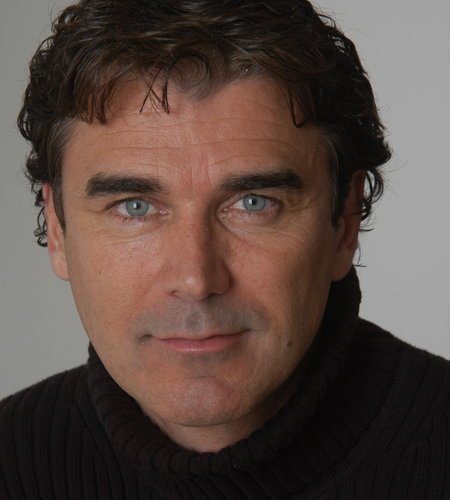
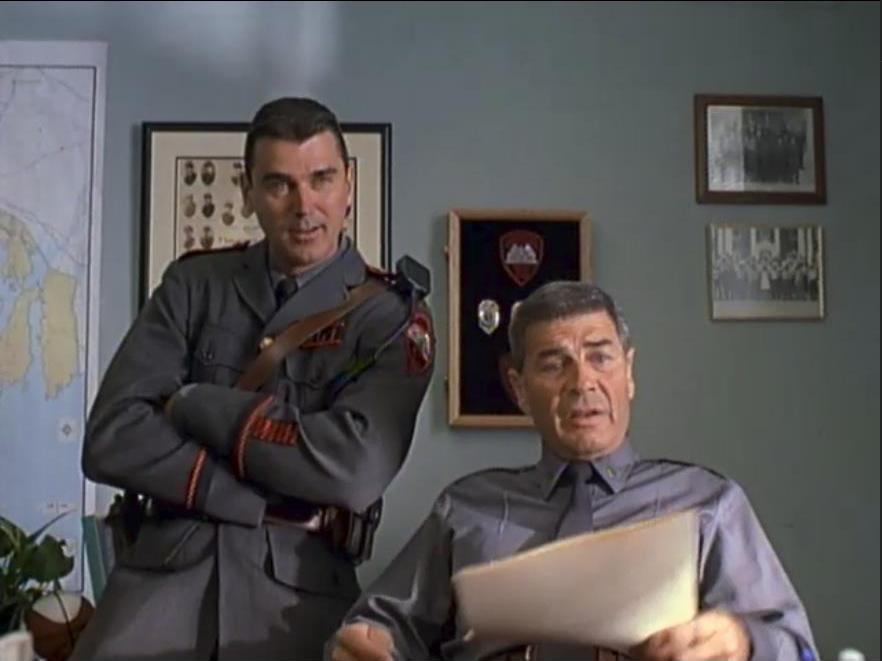
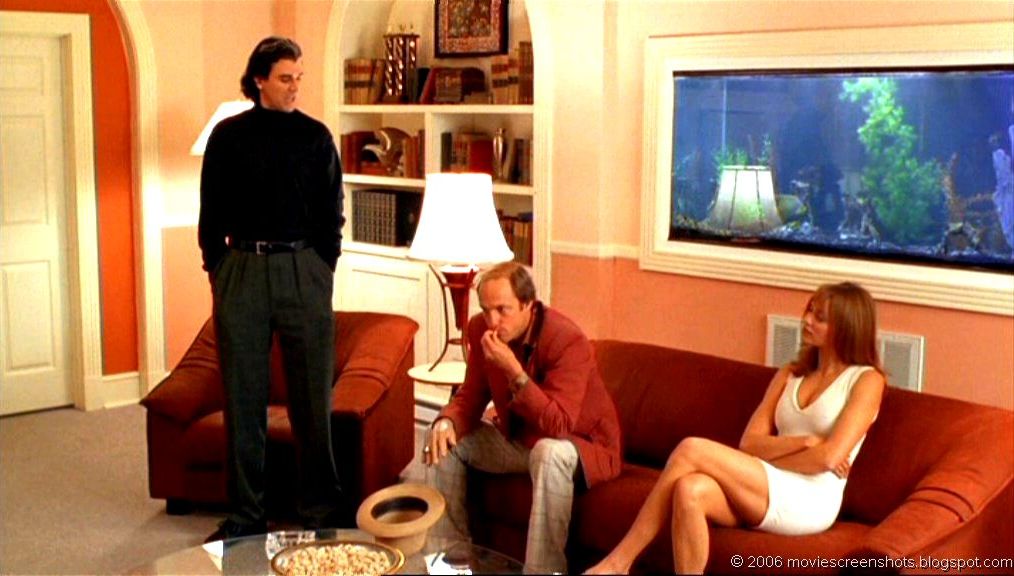
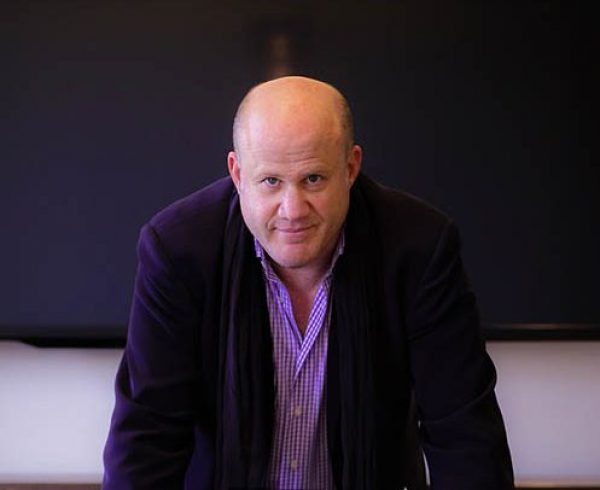
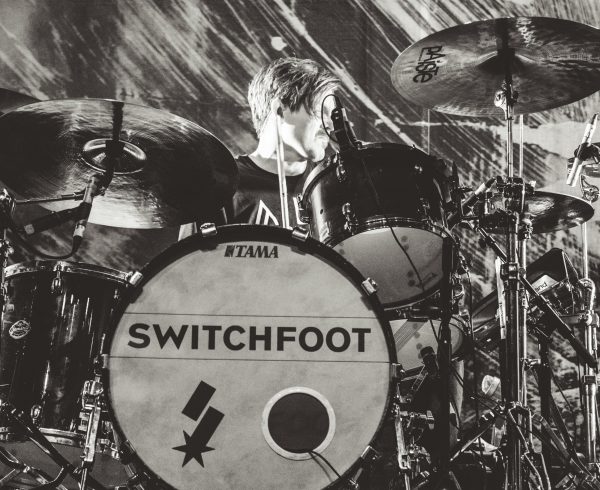
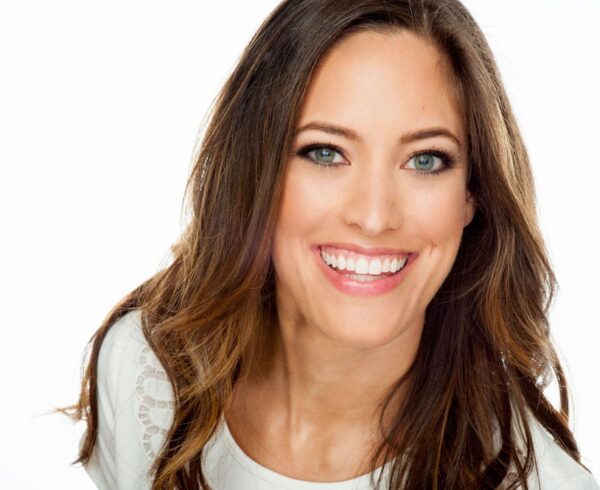
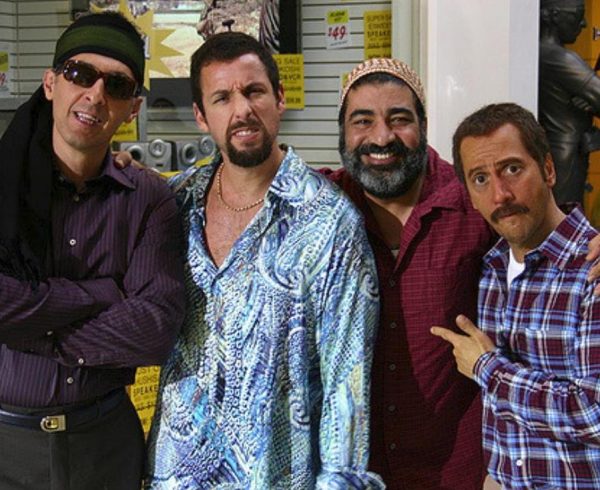



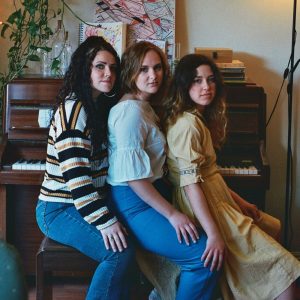



Hmm…I’m thinking about being an actor, and this is great advice! Thanks Mr. Moran. You are very inspiring!